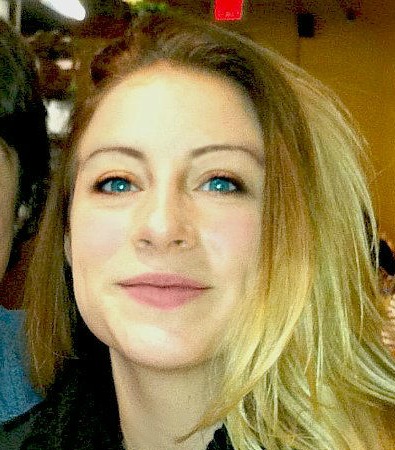Editor's NoteStephanie Stroud
I am sure many of you witnessed the giant glory of the most-recent super moon, or perhaps one of the super moons which preceded it this Summer. This particular super moon also happened to be a harvest moon (the full moon which occurs closest to the autumn equinox.) There’s nothing quite like a beaming, pumpkin-like mass of glowing rock high in the sky to remind us of our agricultural past—our ancestors harvested crops under its light—and to make us aware of the incredible beauty and power of nature. We are all very aware of the presence of technology in our culture. It can be marvelous, allowing us to do previously unthinkable things and accomplish feats that we alone never could. Of course, it has its disadvantages, and though our attention spans may be dwindling because of the constant bombardment of texts and Twitter updates into our lives, it has allowed us to harvest sunlight and wind like never before and accurately map our landscapes and connect with people all over the globe. As technology continues to advance, it is easier for us to get lost in a sterile electronic world, where ideas can seem incredible because the amount of information it takes to create something can be huge and the creativity behind a new advancement may be magnificent—but can these new software programs and “green” technologies be able to truly help our cities and the environment? I think our safest hope is to look to the most successful and creative designer for guidance—nature. I had the excellent privilege of attending a couple of events recently that celebrated and concentrated on the native landscape. Biomimicry Puget Sound held an event at the Bullitt Center that promoted the in-depth work of Biomimicry Oregon and their interpretation of biological strategies as design inspiration. They stressed collaborative thought and studying natural processes to inform successful design solutions. Then, this past weekend, in Arlington, WA at Lo-Fi Arts Festival designers and artists alike created site-specific installations that were spread throughout the woods and grassy fields of the Smoke Farm property. Playing off the power of the natural site, these installations brought awareness to humanity, how we interpret nature and our role in the environment. Though technology can easily distract us, I think it is crucial as landscape architects to stay connected to the environments we strive to protect, and to also aim to design as nature does. |

